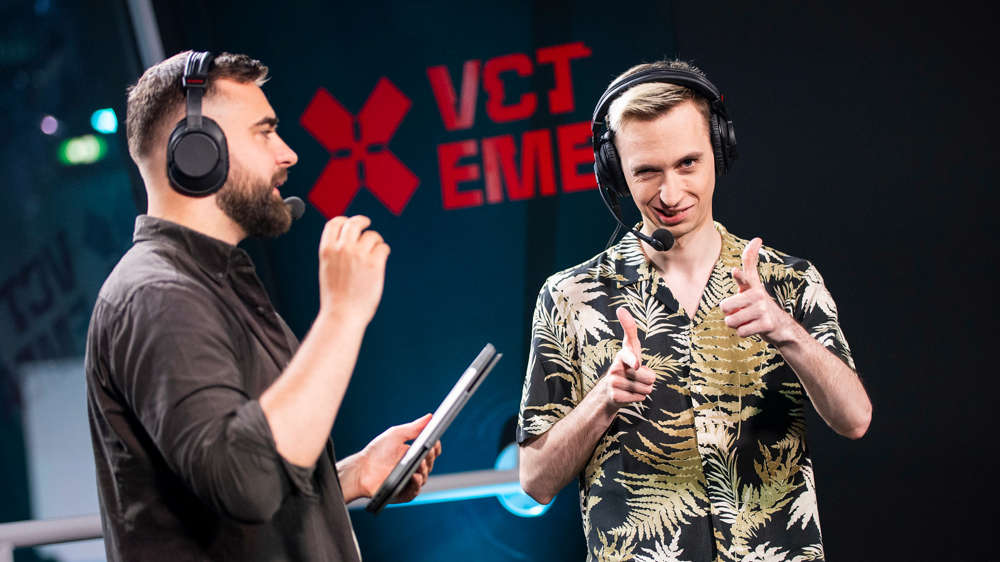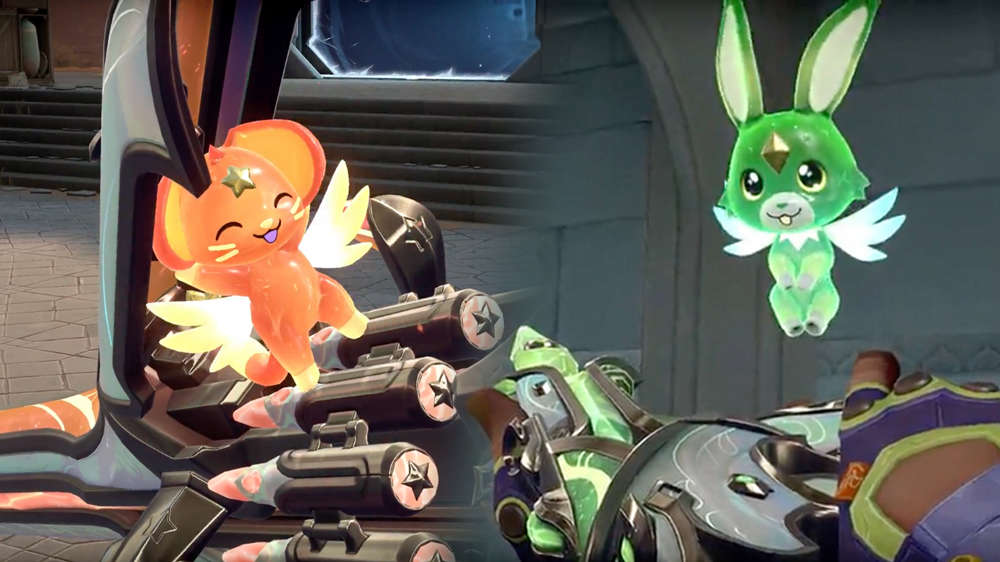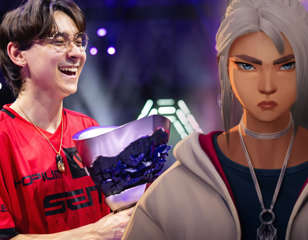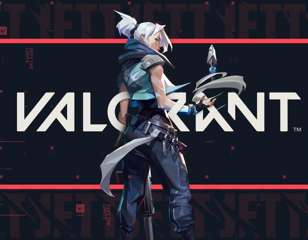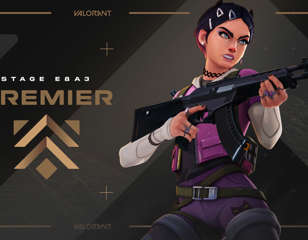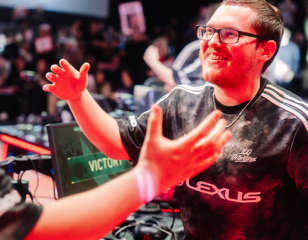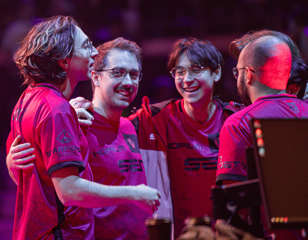The best ways to kill VALORANT to help it succeed
Riot Games has set their mutiplayer FPS title VALORANT on the road. Building on established FPS core concepts, the foundation is solid. Can we find initial faults and exacerbate them to help the game

Sascha Heinisch
08th Apr 2020 20:00
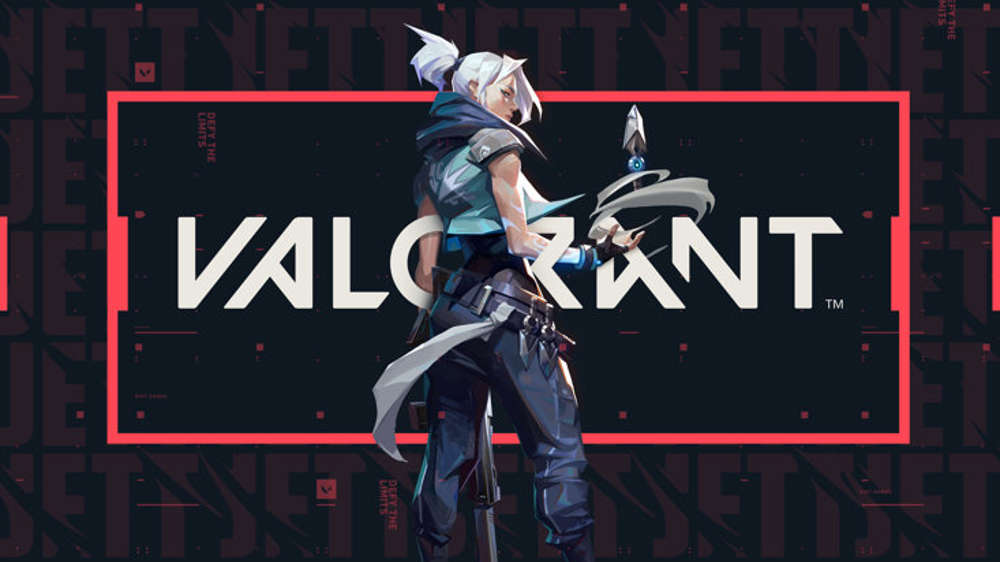
All of us have destroyed something on purpose, oftentimes because of mere curiosity. Every eraser we had in school that we punctured with our pencil and cut up with scissors can attest to this. Our parents were quick to call us out for it, but we learned a lot about the physical properties of our school stationery and keeping care of things by destroying them.
In 1986, businessman, investor and philanthropist Charlie Munger gave a timeless speech to the Harvard school. Following the maxim of German mathematician Carl Gustav Jacobi who advised to “invert, always invert” as a thinking tool to solve problems, Munger adapted a speech by legendary television host Johnny Carson and turned his advice on its head.
Aptly called “How to Guarantee a Life of Misery”, his speech suggests advice which will most definitely lead to a dreadful life. In seeing which decisions and strategies would lead to inevitable ruin, we unlock another angle to view problems from which can assist our understanding of the issues we are trying to solve. But how does this apply to VALORANT?
It is in the nature of things, as Jacobi knew, that many hard problems are best solved only when they are addressed backward.
Making great video games is hard and improving upon them to keep us interested is harder. What is easier is to smash and pull them apart in all the right places; to understand where their fault lines are so we may never go there. Let’s embrace our inner rascal and go to town on VALORANT to make sure it succeeds. I’ve got some ideas to make sure it is dead on arrival. Did you bring the baseball bat and the scalpel?
Forgetting where we came from
It’s undeniable that VALORANT shares a lot of core gameplay features with Counter Strike and the game’s evergreen formula has now survived for over two decades. According to a (for our purposes) pesky theory called the Lindy effect, ideas or technologies that have been around for a relatively long time are more likely to stay around for longer. What’s more likely to disappear as a game from public discourse? CS or even the biggest current gaming phenomena like Fortnite? Exactly.
So in order to make sure that VALORANT never takes off, we have to do everything we can in order to never allow VALORANT to cash in the things that made CS become Lindy. Better yet, let’s make sure that the fun and satisfying things like gunplay, economy and opportunity for both individual skill and team-based strategy are worse than in CS, so fans of these core gameplay experiences don’t have to go far in order to get their fix. Even just carbon copying those concepts won’t help us make VALORANT die on arrival, as Riot’s distribution especially in Asia has a huge competitive advantage over CS.
My [...] prescription for misery is to learn everything you possibly can from your own personal experience, minimizing what you learn vicariously from the good and bad experience of others, living and dead. This prescription is a sure-shot producer of misery and second-rate achievement.
Make the in-game economy not matter at all with everyone buying everything every round. Keep going and add more randomness to gunplay, because there’s nothing better to suck the fun out of a competitive experience than to make a win or loss be regularly decided by the random number generator. Keep adding agents with new abilities that overshadow the importance of CS-like mechanics to the point where they can’t be considered utility but determine the core gameplay experience. Look at the power creep that Overwatch has going on and then do exactly that. You don’t want new agents to refine the way the game is played and add interesting facettes, you want them to be the only fun and feasible way to play. Once you’ve entrenched the habit of introducing agents whose abilities are meta defining, slap a nice play to win mechanic on them. Can you feel the Artifact vibes?
The grand betrayal
VALORANT was announced with promises and commitments towards tackling notoriously hard to fix issues in the FPS genre from cheating, to netcode issues and performance optimization. Contrary to what you might think this does to our objective to killing VALORANT, this is great for our purposes here. Of course, it would be quite hard to kill the game if those were all to be delivered upon, but the promises establish expectations that players will hold the developers to and - as every FPS developer will be able to tell you - are very easy to screw up. This is where we strike.
First, be unreliable. Do not faithfully do what you have engaged to do. If you will only master this one habit you will more than counterbalance the combined effect of all your virtues, howsoever great. If you like being distrusted and excluded from the best human contribution and company, this prescription is for you.
Taunting cheat developers with our public message has already put a big target on our back. Even if we really are able to theoretically suppress cheats from working or figure out how to detect them, we’re still held to a different moral standard in terms of user data privacy than a cheat coder ever would. This is beautiful, as it slows our progress down and our best intentions can be spun into big brother type narratives.
As we keep adding assets, we could pile on spaghetti code to make sure that the games become less and less accessible to people without new hardware. Once our requirements for solid 144+ FPS at medium settings have exceeded the average user’s hardware, we’ve once again achieved our goal to betray our player’s trust. For every twitter post of a pro player moaning about input lag, add a millisecond and show them what we’re made of.
Riot has a solid server infrastructure that they’ve built up over the cause of League of Legends’ life span, but fortunately for us, FPS is a different beast. From hits not registering, to stuttering to massive peeker’s advantage and whatever else network related issue you can think of, making the game feel laggy is a master class in destroying an FPS title.
Conclusions
The initial setup of the game makes it challenging to find points of attack. We’ve just been acquainted with the game that VALORANT is, so our options for nefarious creativity to destroy it is limited at the moment and as we find out more about it and as the system scales, we'll no doubt find more fault lines to put pressure on. That said, the framework for VALORANT is sound and built upon proven concepts that have shown resilience and appeal to both comfort and nostalgia seeking Gen Xers and dopamine-kick craving Zoomers. The game is flying high, breaking viewership records and enjoying immense attention from media and players alike. However, the hype that we are experiencing is exactly the weight that could be used in a judo move to have it fall on its back in the most spectacular ways.

About The Author
Sascha Heinisch
Sascha "Yiska" Heinisch is a Senior Esports Journalist at GGRecon. He's been creating content in esports for over 10 years, starting with Warcraft 3.
